Introduction
The Markazi province of Iran, also known as Arak, is one of the central regions of Iran with a rich history, culture, and geography. Arak is the capital city of Markazi province and is located 260 kilometers southwest of Tehran, the capital of Iran. The province covers an area of 29,130 square kilometers and has a population of approximately 1.5 million people. The province is home to
various ethnic groups, including Persians, Qazvini, Tafreshi, Bakhtiari, and Lor, who have unique cultural and linguistic traditions. This essay aims to explore the cultural, literary, artistic, social, economical, geographical, and historical relations of the Markazi province of Iran and its role in the great Iran civilization. The essay will also explain why it is necessary to notice and study the province and its importance and role in today's world. Finally, the essay will fully explain the competitive advantages of Arak in Iran's contemporary progress toward sustainable development.
Geography
The Markazi province of Iran is located in the central part of Iran, bounded by the provinces of Qazvin and Gilan to the north, Qom to the east, Isfahan to the south, and Lorestan to the west. The province's center is Arak, which is situated on the banks of the Arak River, a tributary of the Qom River. The province is characterized by its mountainous terrain, with three
major mountain ranges: Zagros, Alborz, and Karkas. The highest peak in the province is Karkas Mountain, with a height of 3,899 meters above sea level. The province also has several mineral-rich rivers, including Qom, Khomein, and Gharasu, which are responsible for the province's agricultural and industrial development.
Culture and Literature
The Markazi province of Iran has a rich cultural and literary heritage that dates back to ancient Persia. The province has been home to several prominent poets, scholars, and artists who have contributed to the Iranian literature and culture. The province's people are known for their hospitality, warmth, and devotion to their customs and traditions. They have a unique dialect, which is a blend of Persian and Qazvini language. The dialect is referred to as "Markazi," which means central in Persian. The province has several historical sites that reflect the region's cultural and literary achievements.
The province's
literature is characterized by a unique fusion of Persian and Qazvini language, which has given birth to a distinct dialectical literature. The literature has been influenced by the works of famous poets and scholars such as Hafez and Saadi, whose works are still read and admired throughout Iran and the Middle East.

The Markazi province of Iran is an essential economic center of Iran
Art
The Markazi province of Iran has been a hub of artistic production since ancient times. The province's people are known for their handicrafts and artworks, including woodwork, weaving, pottery, and metalwork. Each of these crafts has its unique style, reflecting the provincial and regional cultural traditions.
The province's woodcarvers are particularly famous for their delicate and intricate work on wooden surfaces, such as doors, ceilings, and walls.
The patterns are usually geometrical with a mix of floral and animal motifs. The province's weavers produce delicate textiles with intricate designs and patterns. They usually use natural fibers such as cotton and wool and dyes made from local plants.
The province's metalworkers are skilled in producing brass and copper goods such as trays, teapots, and other handicrafts. The industry has been thriving since ancient times and is still an essential part of the provincial economy.
Social
The Markazi province of Iran is home to a diverse group of people with different ethnic and cultural traditions. The province's people are friendly, hospitable, and peace-loving, as seen in their daily lives. The province's social traditions
reflect the Islamic culture, which has influenced Iranian society for centuries. The province's social gatherings usually center around food and family, where people come together to share their experiences and stories.
Economy
The Markazi province of Iran is an essential economic center of Iran, with a thriving agricultural and industrial sector. The province's fertile plains and abundant water resources have made agriculture the primary source of income for most of the province's population. The province produces a variety of crops, including wheat, barley, fruits, and vegetables. The province's agricultural sector has been boosted by the presence of several large dams, which have made irrigation more accessible and efficient.
The province's industrial sector has seen significant growth in recent years with new investments and the establishment of several new industrial parks. The province's major industries include cement, steel, petrochemicals, and food processing. The city of Arak is home to
several important industrial complexes, including the Arak Steel Complex and the Iran National Petrochemical Company.
History
The region that is now known as Markazi province has a rich history that dates back to ancient Persia. The province was once an important part of the Persian Empire and played a significant role in the expansion of the empire. During the Islamic era, the province's cities, were important centers of commerce and culture. The city of Qom, located in the eastern of the province, is one of the most important centers of Shia Islam and is home to several important religious sites.
The province was the site of several uprisings against the Qajar dynasty in the 19th century and played a crucial role in the Iranian
constitutional revolution in the early 20th century. The province has also been an important center of resistance against foreign powers and dictators, including the Pahlavi dynasty.
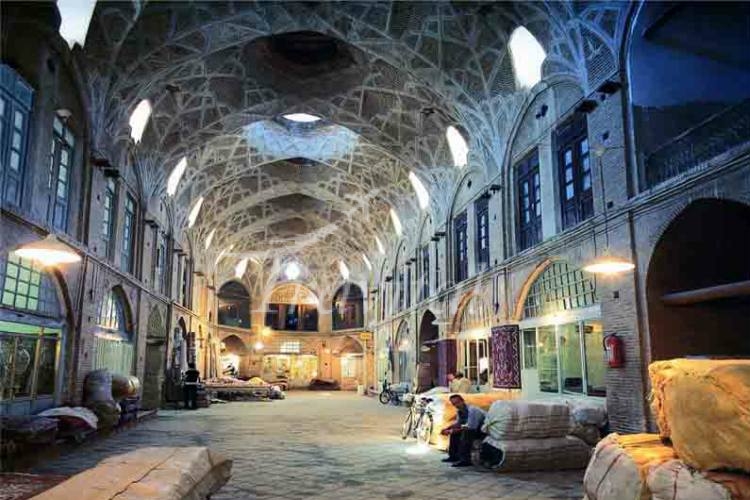
The Arak region has several competitive advantages that make it attractive for investment
Importance and Role in Today's World
The Markazi province of Iran is an essential part of Iran's cultural heritage and plays a crucial role in the country's social, economical, political, and religious affairs. The province's rich cultural and literary heritage, along with its industrial and agricultural potential, makes it an important hub of economic and social development in Iran. The province's location in the heart of Iran has
made it an essential transportation hub for Iran, connecting different parts of the country.
One of the significant challenges facing Iran today is sustainable development, characterized by more efficient resource management, environmental protection, and social inclusion. The Markazi province's geographic location, abundant water resources, and fertile plains give it a competitive advantage in promoting sustainable development in Iran. The province's mix of natural and human-made resources provides opportunities for a range of economic activities that can generate income and create sustainable livelihoods for the people of the province.
Competitive Advantages
The Arak region has several competitive advantages that make it attractive for investment, including favorable climate, abundant water resources, rich minerals, and a skilled workforce. The region is known for its agriculture and food processing industry, which provides an essential source of income for many people in the region. The province also has a thriving manufacturing industry, including steel and petrochemicals, which provide job opportunities and drive economic growth.
The province's historic sites, including several historical houses, attract thousands of tourists every year. The province's proximity to Tehran and its central location in Iran make it an essential transportation hub and a valuable location
for trade and commerce.
Conclusion
In conclusion, the Markazi province of Iran, also known as Arak, is an essential region of Iran with a rich cultural and literary heritage, geographic significance, and economic potential. The province's people, who are known for their warmth, hospitality, and peace-loving nature, have contributed to the province's vibrant culture and arts scene. The region's natural and human-made resources, history, and social traditions make it an important center of economic and social development in Iran. The province's competitive advantages, including abundant water resources, a favorable climate, and skilled labor, give it a unique opportunity to contribute to Iran's progress towards sustainable development. Understanding the region's rich cultural, literary, and historical heritage, as well as its economic and geographic significance, is crucial to appreciating its role in the great Iranian civilization and
its importance in today's world.
Dear Visitor; Please take a look at the list of 50 most visited websites in the world wide web: YouTube, Facebook, google, translate, gmail, weather, amazon, Instagram, cricbuzz, Hotmail, wordle, satta king, twitter, yahoo, yandex, sarkari result, Netflix, google maps, yahoo mail, roblox, whatsapp, NBA, BBC news, outlook, pinterest, flipkart, eBay, omegle, live score, tiktok, canva, ipl, premier league, hava durumu, ibomma, walmart, twitch, ikea, shein, linkedin, home depot, e devlet, lottery, snaptik, cricket, serie a, nfl, spotify, fox news, amazon prime; There is no book publishing related or project management website in this list. We are working hard to bring these important issues to the center of concentration of societies. Please introduce us via social media, share our website with others and help us to make our world a better place to live. Best Regards.




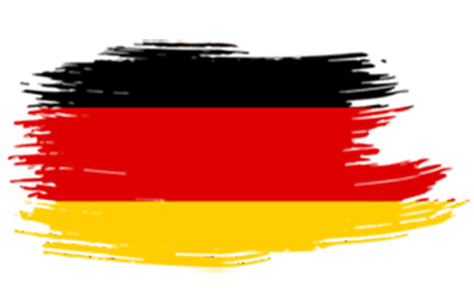
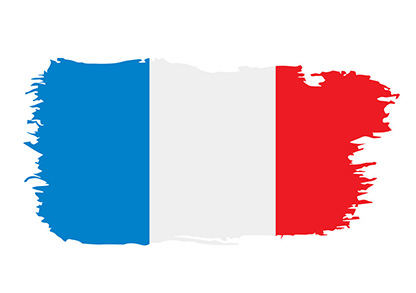
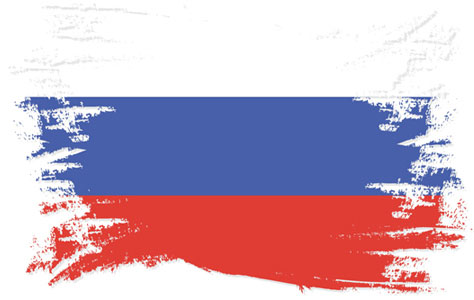

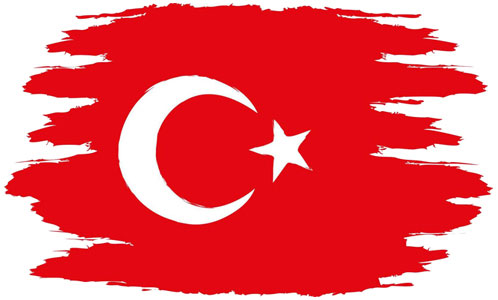

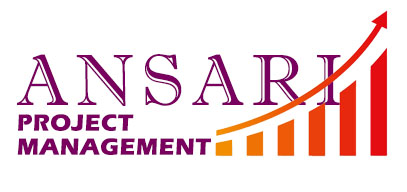

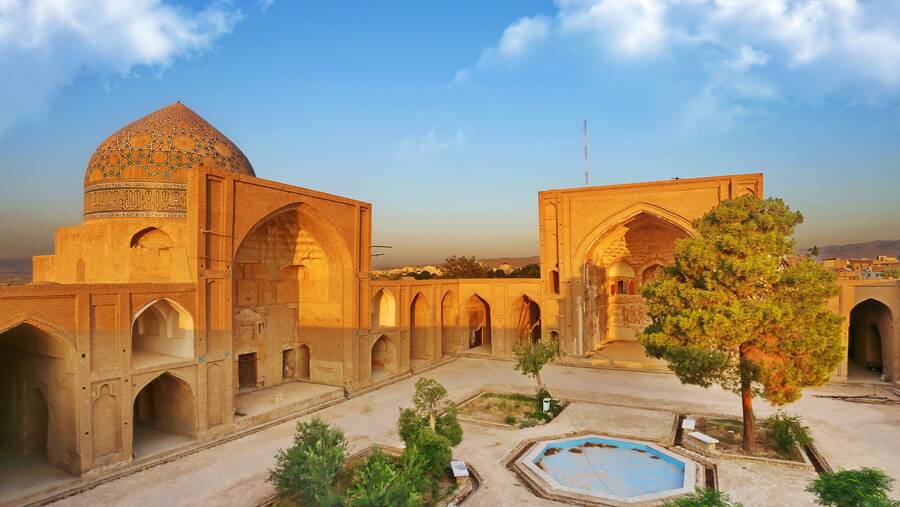
Write your review